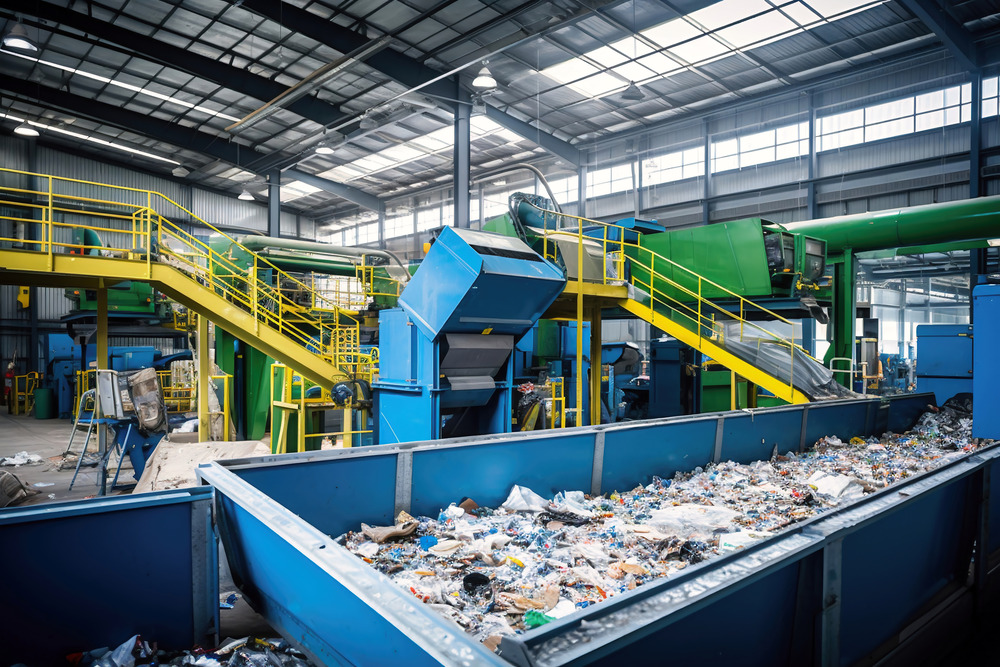New Swedish Plant Could Define the Future of Plastic Recycling

Anyone who follows plastic recycling in the news understands that the latest push among sustainability proponents is to reduce the amount of plastic we manufacture and use. The chief complaint is that recycling doesn’t work. However, the extent to which that is true really isn’t a plastic problem. It is a process problem. Enter a brand-new recycling plant in Sweden, a plant that could very well define the future of plastic recycling.
Known as Site Zero, the plant is the world’s largest plastics sorting facility and recycling center. It is located in Motala, Sweden and operated by Svensk Plaståtervinning. The company spent some $95 million to build the facility. Was it worth it? That depends on what it can do.
Sorting 12 Types of Plastic
According to news reports, state-of-the-art technology allows the plant to sort as many as 12 different types of plastics with incredible accuracy. The 12 types account for almost all of the plastics “on the Swedish packaging market”, according to Plastics Today. But that’s not all. The plant’s accuracy rate is 95%.
Other plants in Sweden can effectively sort 3 or 4 different types of plastic packaging at a rate efficient enough to make doing so worthwhile. Being able to sort up to 12 different types with a 95% success rate takes things to a whole new level. To be able to do so efficiently enough to make it viable is the icing on the cake.
Sorting Efficiency Wins the Day
We are seriously interested in following Site Zero’s real-world capabilities. Likewise, we look forward to seeing whether the plant can deliver as promised. If it does, Site Zero could literally redefine how plastic – particularly plastic packaging – gets recycled around the world.
The key to the plant’s success will ultimately be sorting efficiency. The Plastics Today report explains as much with what we consider the piece’s pull quote: “the key to successful plastic recycling is retaining the value of the material, which requires efficient sorting and recycling of each individual plastic type.”
Efficiency is the key. It has always been the key. In fact, sorting efficiency is what makes it possible for us to do what we do in seven states. Our collection and recycling process is neither complicated nor highly technical. That makes it fast, simple, and efficient.
On the other hand, a lack of sorting efficiency is exactly the reason Seraphim Plastics does not recycle post-consumer materials. We do not have an efficient means to sort plastics that come in from the curb. Neither do most municipal recycling programs, which explains why they lose so much money.
New Technology and Processes
It is not exactly clear to us what technologies and processes are being used in Sweden to accomplish such an impressive recycling feat. But whatever they are, the company behind them is very confident they can make things work at Site Zero. Needless to say that we are rooting for them. The more plastic scrap that they can keep out of the waste stream, the better.
Back here on American soil, plastics recyclers are always looking for better ways to do what we do. Technology is making our job easier with each passing day. But the heart of recycling plastic remains the same: the need for efficient sorting.
Perhaps the methods utilized by Site Zero will be commonplace years from now. If that is the case, we expect to see far more plastics reclaimed from the waste stream and turned into recycled products that are just as strong, resilient, and useful as those made with virgin plastic.
At Seraphim Plastics, we both buy industrial plastic scrap and sell plastic regrind for manufacturing which we hope reduces the overall post-industrial plastic waste.